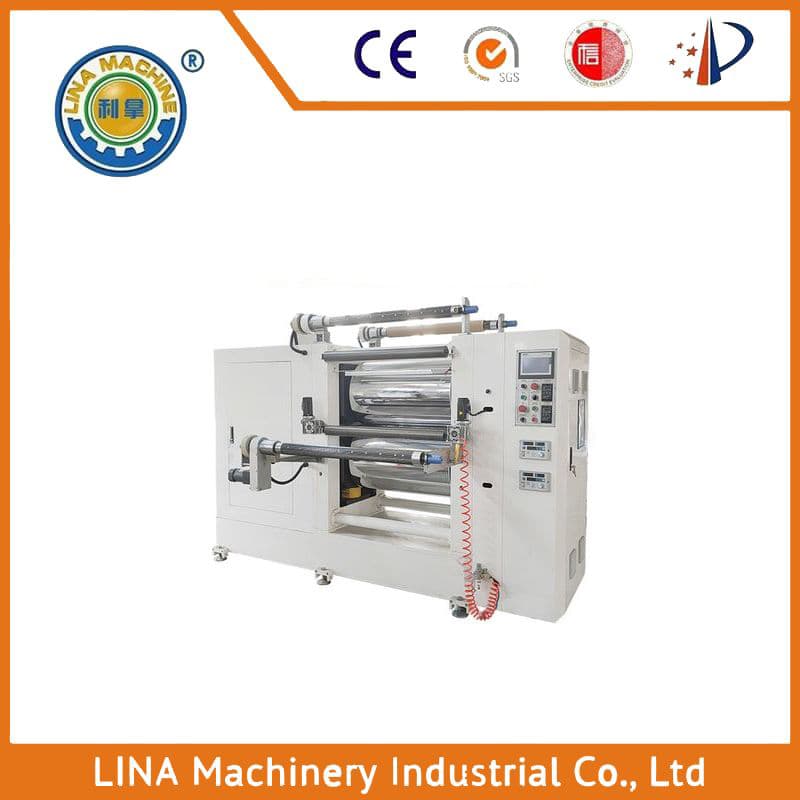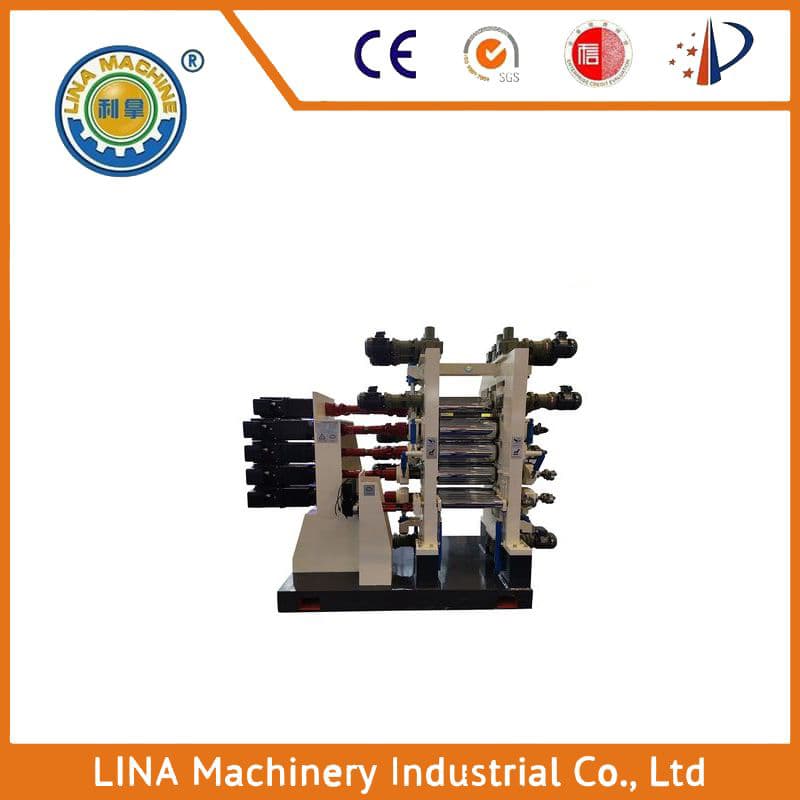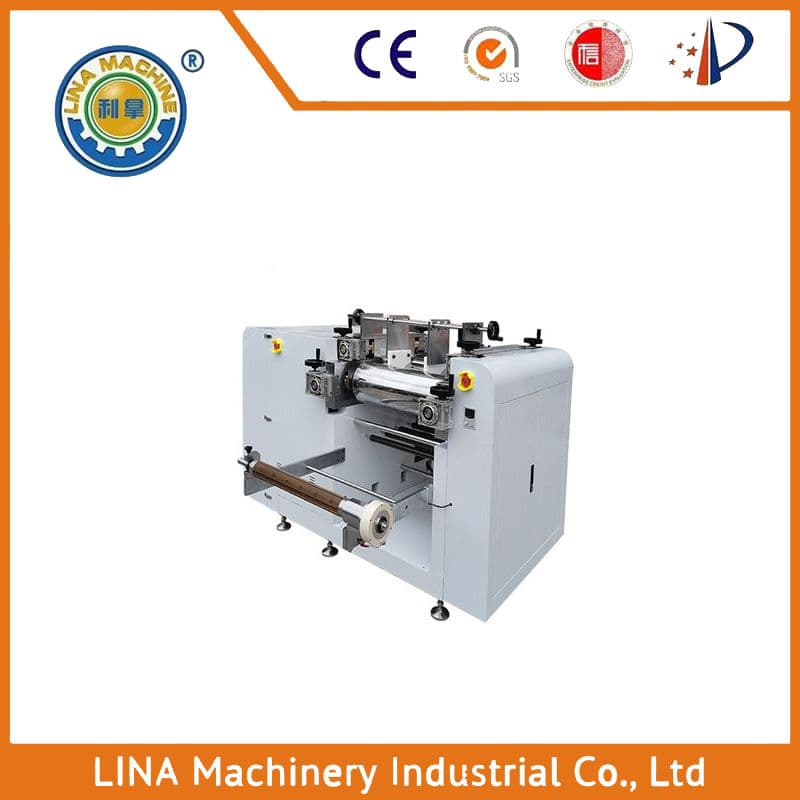The Closed Sulfurizing Machine: A Comprehensive Overview
The closed sulfurizing machine is a crucial tool in the chemical industry, particularly in the production of fertilizers and other organic compounds. This machine uses sulfur as a reducing agent to convert various metal oxides into their respective metals. In this article, we will explore the basic principles behind the operation of a closed sulfurizing machine, its components, advantages, and potential challenges.
At its core, the closed sulfurizing machine consists of several key components. These include the furnace, which serves as the heat source for the reaction; the sulfur feeder, which delivers the sulfur directly to the furnace; and the reactor, where the metal oxide and sulfur react to form the desired metal. Additionally, there may be a condenser or cooler to remove any excess heat from the system and a cyclone or similar device to separate the solid product from the gaseous byproducts.
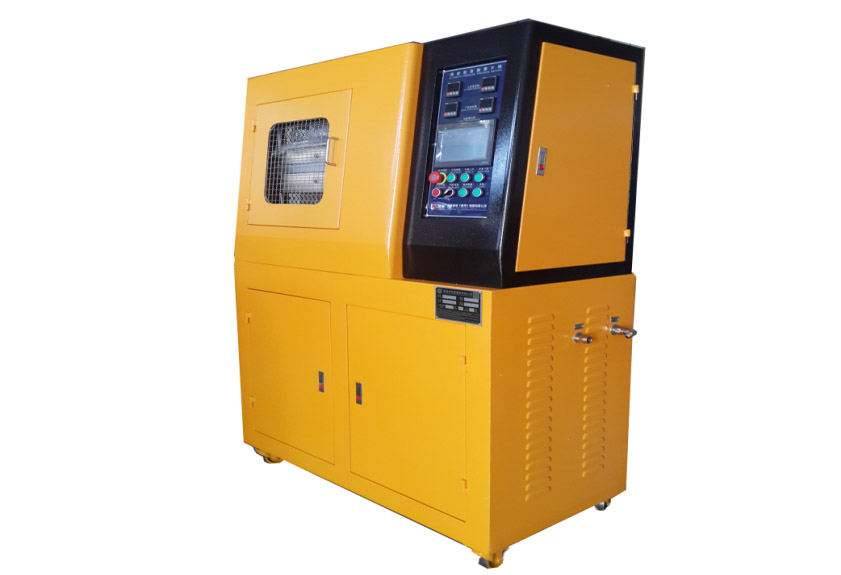
One of the primary benefits of using a closed sulfurizing machine is its ability to produce high-purity metals with minimal contamination. This is achieved through precise control of temperature, pressure, and the amount of sulfur used in the reaction. By minimizing impurities, the resulting metal products are more valuable and can be used in a variety of applications, including electronics, construction materials, and agriculture.
Another advantage of closed sulfurizing machines is their flexibility in terms of processing different types of metal oxides. With a few minor adjustments to the operating parameters, these machines can be used to produce a wide range of metals, including aluminum, copper, iron, and zinc. This makes them highly versatile tools for industrial processes.
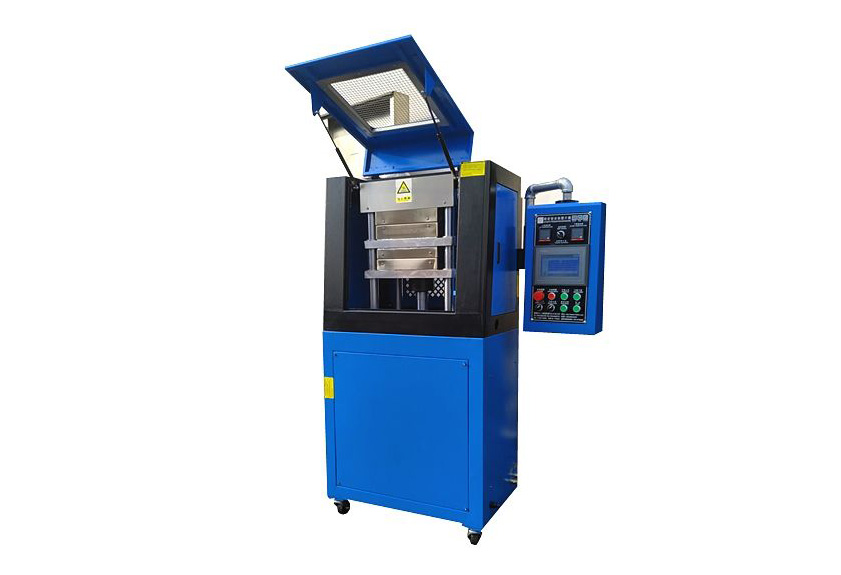
Despite their many benefits, closed sulfurizing machines also present some challenges. One of the most significant concerns is the environmental impact of the process. The use of sulfur as a reducing agent can lead to the formation of harmful emissions such as sulfur dioxide and nitrogen oxides. Additionally, the energy required to operate these machines can be substantial, particularly when compared to alternative methods of metal production.
In conclusion, the closed sulfurizing machine is a powerful tool in the chemical industry, capable of producing high-quality metals with minimal contamination. While it does come with some environmental and energy challenges, these can be addressed through improved technology and sustainable practices. As the demand for sustainable and efficient metal production continues to grow, the importance of closed sulfurizing machines cannot be overstated.


